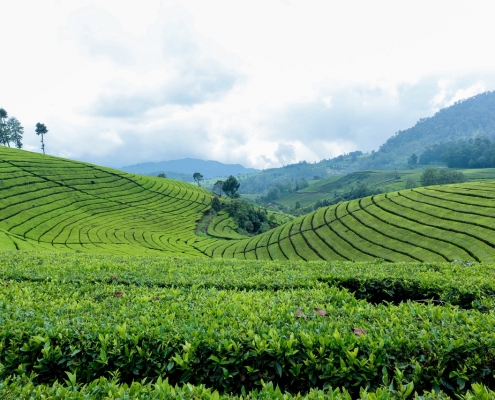Betting on drones as smart agricultural tools for pesticide use in farms
by Tokyo University of Science
Besides enabling more potent smartphones and higher download speeds while riding the subway, cutting-edge technologies like artificial intelligence, robotics, and wireless communications are on the verge of revolutionizing well-established industrial fields. A remarkable example is ‘smart agriculture,’ which has seen a tremendous increase in the use of drones for various tasks, especially in Japan.
Drones, or “unmanned aerial vehicles” (UAVs), have been the focus of extensive research for agricultural applications. For example, they can take aerial images of a field and, through subsequent image processing, identify problems in specific areas of the crop fields. Another notable use case for UAVs that has been quickly gaining traction is the spraying of pesticides. In Japan, the number of hectares sprayed by drones saw a stunning 45-fold increase from 2016 to 2018. Similarly, the number of registered UAVs for agricultural spraying increased from a mere 227 to 1552 between those years.
While UAVs could be used to either replace or complement traditional pesticide spraying methods, it remains to be proven whether UAVs are superior to conventional methods in many regards.
“Following recent technological demonstrations and verifications at field sites, there is an increasing need for farm management research of smart agricultural technology including cost and efficiency analyses; this is essential for its implementation in farms,” explains Yuna Seo, who is Junior Associate Professor at Tokyo University of Science, Japan.
In an effort to address this knowledge gap, Seo led a recent study published in MDPI’s Sustainability in which she, with her student Shotaro Umeda, compared different pesticide spraying technologies using realistic data. More specifically, the researchers evaluated and compared the costs, working capacity, and management efficiency of drones versus remote-controlled (RC) helicopters and tractor-mounted boom sprayers for preventively spraying pesticides over rice paddies. They made these comparisons for seven different paddy field areas to take into account differences in scale for each method.
> Source: PHYS.ORG



 Credit: Unsplash/CC0 Public Domain
Credit: Unsplash/CC0 Public Domain Credit: Pexel/CC0 Public Domain
Credit: Pexel/CC0 Public Domain